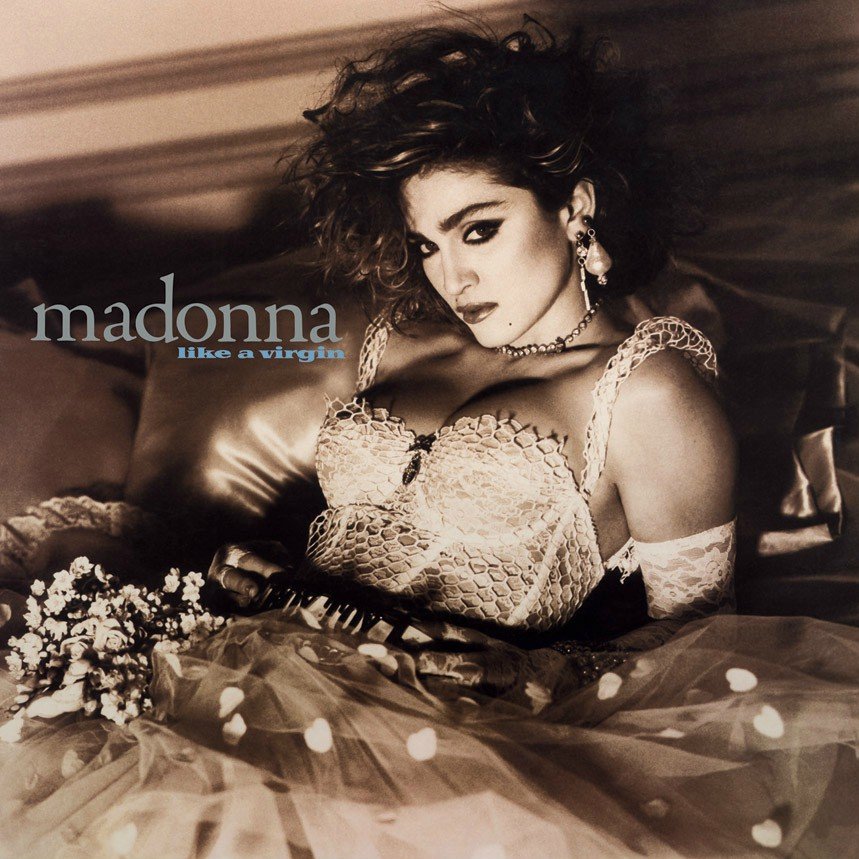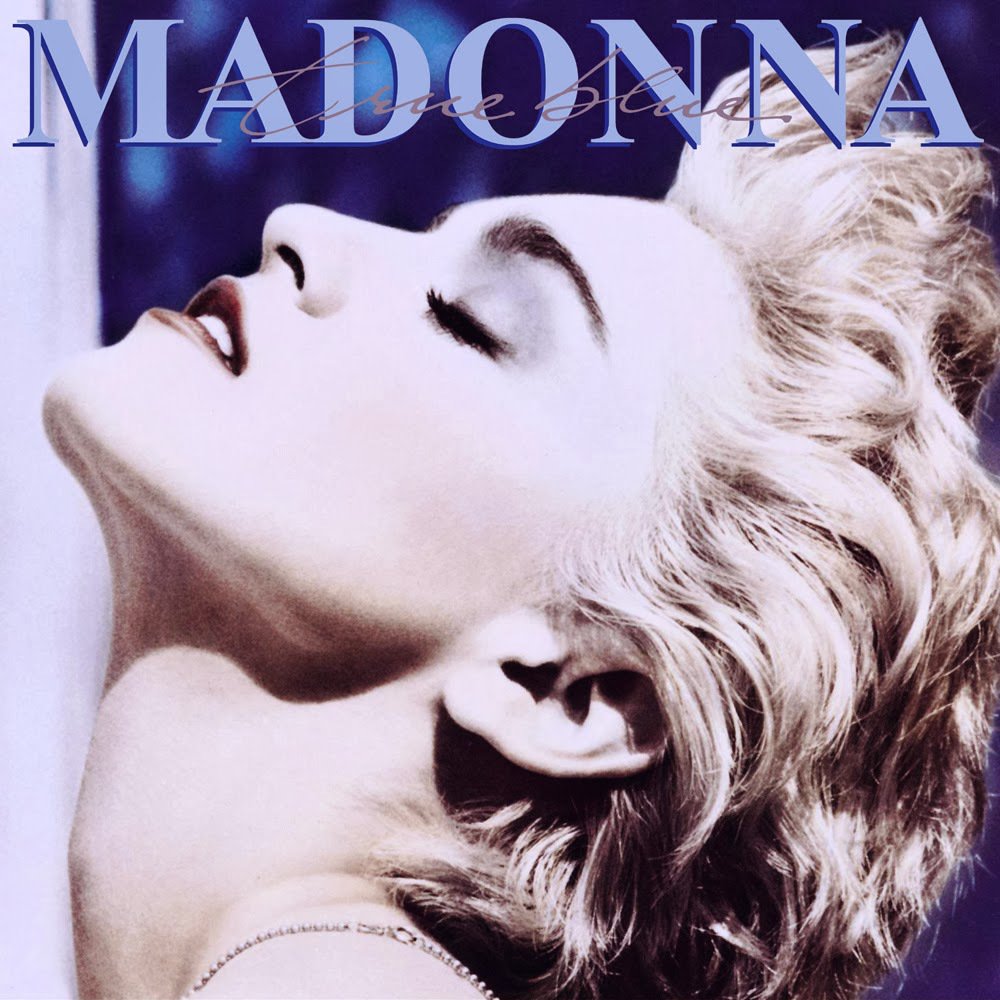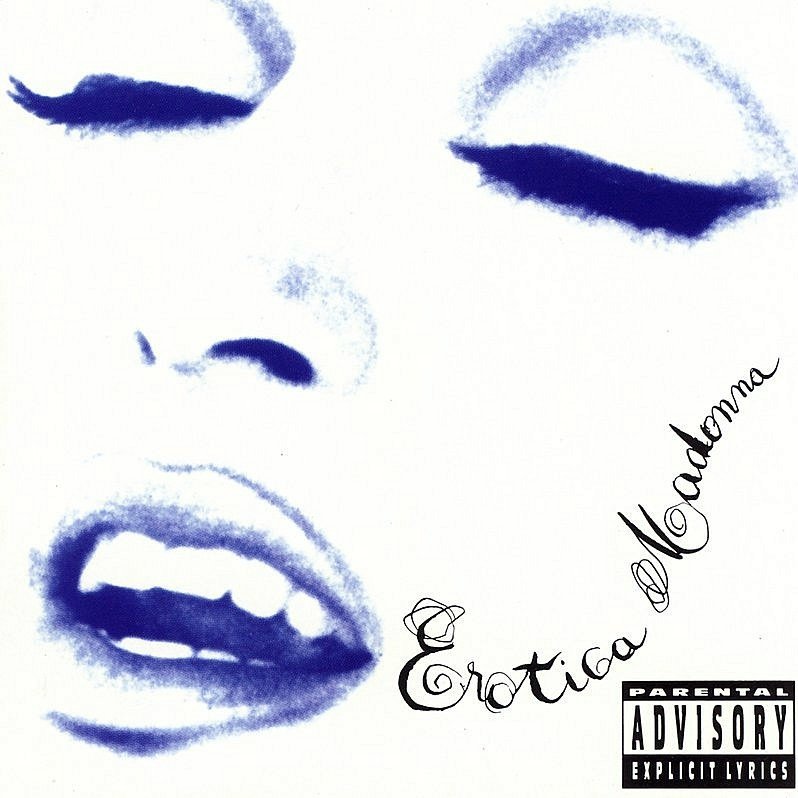Happy 35th Anniversary to Madonna’s fourth studio album Like A Prayer, originally released March 21, 1989.
Madonna’s Like A Prayer is “as close to art as pop gets,” Rolling Stone’s J.D. Considine opined in his review of her fourth studio album published nearly thirty-five years ago in April of 1989. Though I don’t doubt that Mr. Considine likely meant well, his declaration is borderline asinine, if you ask me. His insinuation is that pop music can never actually be considered art and is forever destined to fall short of warranting this qualification. That pop music is somehow inherently less than other musical forms. Um, yeah, I’m calling bullshit.
Indeed, it is precisely this type of myopic perspective and critical snobbery that has plagued Madonna since she first emerged on the public stage back in 1982. Despite her millions upon millions of loyalists worldwide, and arguably due in large part to their preoccupation with her unabashedly iconoclastic persona, a sizeable contingency of critics and listeners still refuse to take her seriously as an artist and songwriter.
But let’s not waste any more time lamenting the naysayers, shall we? Like A Prayer is, in fact, art. And arguably matched only by Ray of Light (1998) released nearly a decade later, it remains her artistic pinnacle to date, in my opinion.
Other more discerning interpreters of Madonna’s musical repertoire often cite Like A Prayer as her first serious album, following the more whimsical fare—or “brassy dance-pop” as the New York Times’ Stephen Holden likened it—found on her first three studio albums: Madonna (1983), Like A Virgin (1984) and True Blue (1986). “Serious” is a relative term, open to interpretation, mind you. For I know I took Madonna very seriously when I first heard “Everybody” back in ’82. I was five years old. But I knew a perfect pop song when I heard it, even then.
Perhaps more accurately, Like A Prayer is Madonna’s first personal album, throughout which she balances the fictional with the autobiographical more than she ever had up until that point. Joined once again by True Blue co-producers and fellow Michigan natives Patrick Leonard and Stephen Bray, she began recording the album in September 1988. One month prior, she had turned 30, the same age her mother—to whom Like A Prayer is dedicated—had been when she succumbed to breast cancer in 1963, when Madonna was just five years old.
The following year, her four-year marriage with Sean Penn—to whom she dedicated True Blue—dissolved and ended in divorce. Meanwhile, Madonna’s attempt to cross over to film and seize upon the modest success of Desperately Seeking Susan (1985) hadn’t gone too well, with two back-to-back box office mishaps in Shanghai Surprise (1986) and Who’s That Girl (1987).
Watch the Official Videos:
So, suffice to say, Madonna was in a particularly reflective state of mind when recording sessions commenced. Hence it’s no great surprise that amidst all of the other turmoil in her life, she also reawakened all of her conflicted feelings about her Catholic upbringing. These sentiments ultimately informed the title of the album and the controversial, gospel-tinged title track and lead single “Like A Prayer,” the video for which caused an irrationally disproportionate amount of attention and rebuke by more rigid segments of the American populace. It also ruffled the robes of the Vatican brass, due to its religious and racial imagery, coupled with the song’s perceived sexual double entendres.
“It's me struggling with the mystery and magic that surrounds it,” she confided to The New York Times around the time of the album’s release. “My own Catholicism is in constant upheaval. When I left home at 17 and went to New York, which is the city with the most sinners, I renounced the traditional meaning of Catholicism in terms of how I would live my life. But I never stopped feeling the guilt and shame that are ingrained in you if you are brought up Catholic.''
When the dogmatic dust finally settled from the bombastic, bible-thumping brouhaha over the video, listeners were able to devote more of their attention toward the ten other songs that comprise Like A Prayer. The next two official singles lifted from the album reinforced Madonna’s penchant for pop perfectionism, beginning with the anthemic “Express Yourself.” Echoing the clarion call tone heard on the Staple Singers’ 1971 black empowerment mantra “Respect Yourself,” the kinetically crafted song finds Madonna encouraging women to affirm and articulate their own needs, while deconstructing the superficial dependence on materialism in relationships. The buoyant, wistful love song and third single “Cherish” bears the closest resemblance to her radio-friendly fare of previous albums, introducing some warmer, winsome fare to the otherwise ruminative affair.
For my money, the album’s most powerful and memorable moments can be found in its more understated and introspective moments. The plaintive, piano-driven “Promise to Try” revisits the emotional impact of her mother’s death, while the symphonic, strings-laden swell of “Oh Father” is one of the most stirring moments, as Madonna examines her fractured relationship with her father in the wake of the loss they’ve shared. While she harbors resentment toward him for unspecified discretions, she also expresses empathy and understanding, reflecting, “Maybe someday / When I look back, I'll be able to say / You didn't mean to be cruel / Somebody hurt you too.” It’s a refreshingly candid and compassionate moment for Madonna, who has remained relatively taciturn when it comes to discussing her father publicly.
The sobering “Till Death Do Us Part” explores the dissolution of her marriage to Penn, with Madonna fluctuating between playing the real-life role of the victim (“I think I interrupt your life / When you laugh, it cuts me just like a knife / I'm not your friend, I'm just your little wife”) and assuming the voice of the observer (“They never laugh, not like before / She takes the keys, he breaks the door / She cannot stay here anymore / He's not in love with her anymore”). Her second verse is a particularly brutal reproach of her ex-husband, as she declares, “The bruises they will fade away / You hit so hard with the things you say / I will not stay to watch your hate as it grows / You're not in love with someone else / You don't even love yourself,” while her conflicted, vulnerable heart surfaces in the verse’s closing line, “Still I wish you'd ask me not to go.”
Other standout moments include “Keep It Together,” an upbeat ode to family solidarity that lobs another presumed dig in Penn’s direction: “blood is thicker than any other circumstance.” And of course, the lush, leftfield soul of “Love Song”—co-written and co-produced by Prince (whose uncredited guitar work also appears on “Like A Prayer,” “Keep It Together” and “Act of Contrition”)—is notable for being a once-in-a-lifetime songwriting collaboration between two of the most influential figures in the past 45 years of popular music.
Enjoying this article? Click/tap on the album covers to explore more about Madonna:
In retrospect, three-and-a-half decades on, the album signaled not just Madonna’s emboldened commitment to crafting cohesive albums, but also a pivotal, transitional point in Madonna’s recording career. As the new decade arrived, and with the expansive, career-to-date compendium The Immaculate Collection (1990) neatly synthesizing her most popular songs to date, Madonna turned to exercising more creative freedom than ever before.
In the ensuing years, she continually redefined and reinvigorated her musical footprint, beginning with 1992’s Erotica, which found her exploring not only new and bold thematic territory, but previously untrodden sonic paths as well. She moved on from her longtime partnership with producers Bray and Leonard, and gradually forged stronger connections with dancefloor-friendly collaborators like Shep Pettibone (Erotica), Nellee Hooper (1994’s Bedtime Stories) and William Orbit (Ray of Light). And together with these and other musical kindred spirits along the way, Madonna created art—yes, art—of the most thrilling caliber.
LISTEN:
Editor's note: this anniversary tribute was originally published in 2019 and has since been edited for accuracy and timeliness.





